Custom Sterling Silver Jewelry
If you’re expecting another option for your customization, consider 925 sterling silver, an elegant and popular substitution for stainless steel.
Custom Handmade Sterling Silver Jewelry By Types
Effortlessly Materialize Custom Sterling Silver Jewelry
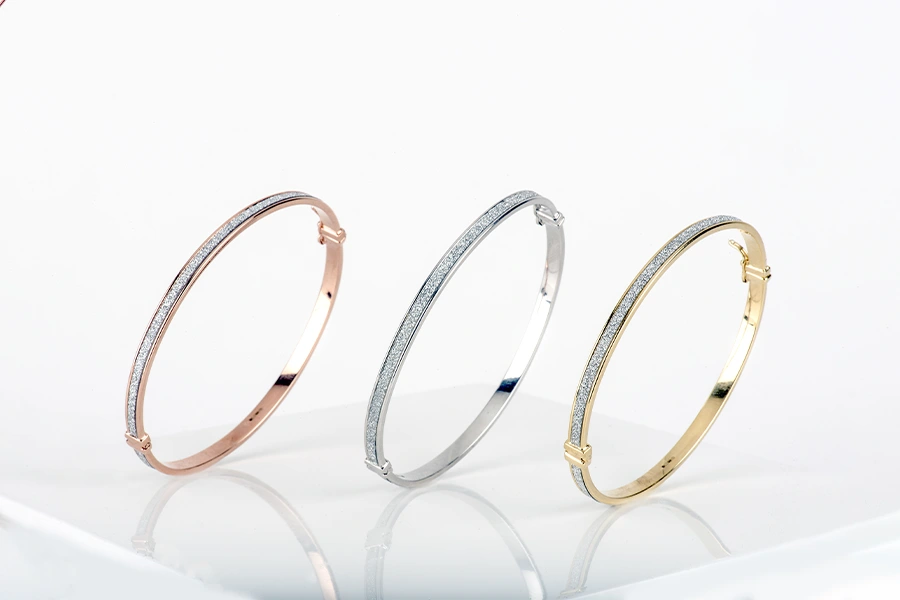
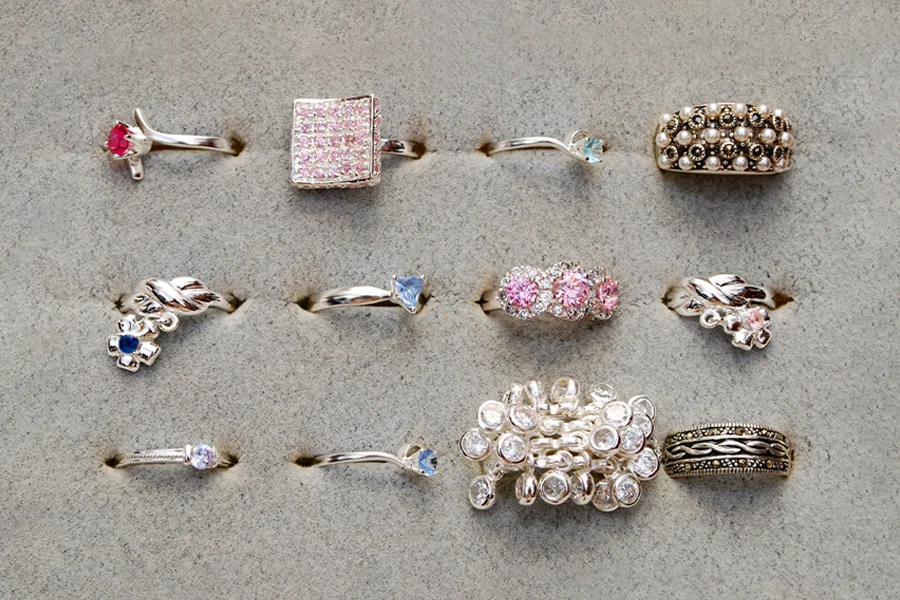
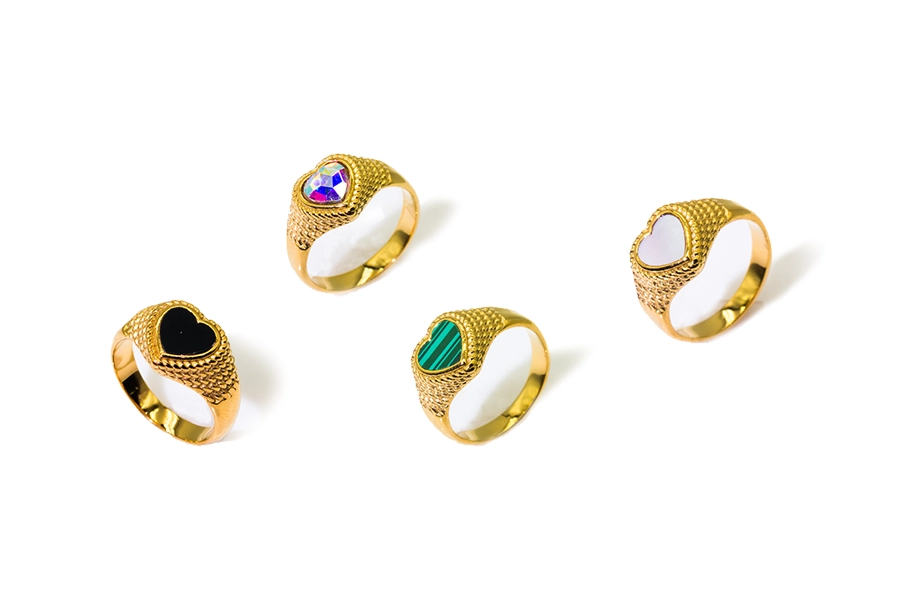
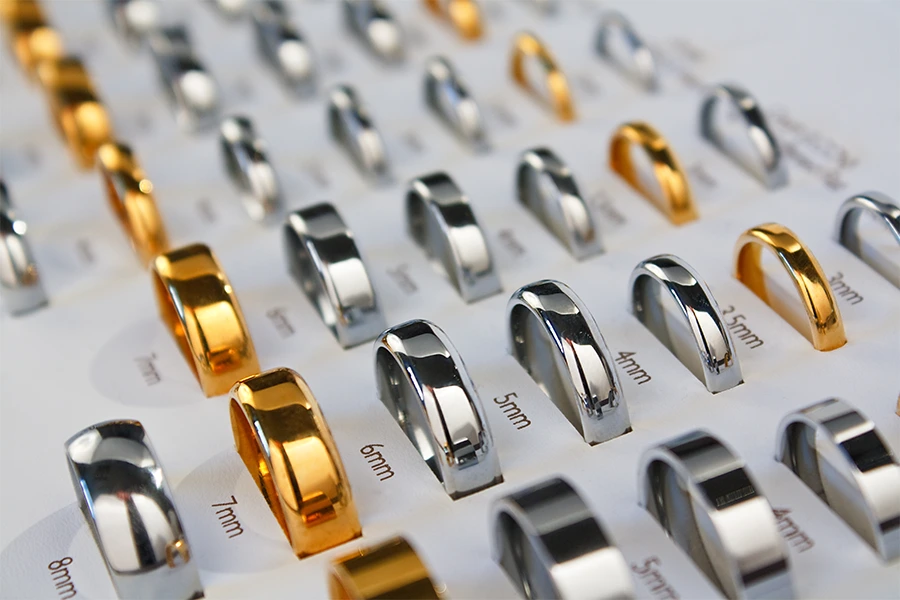
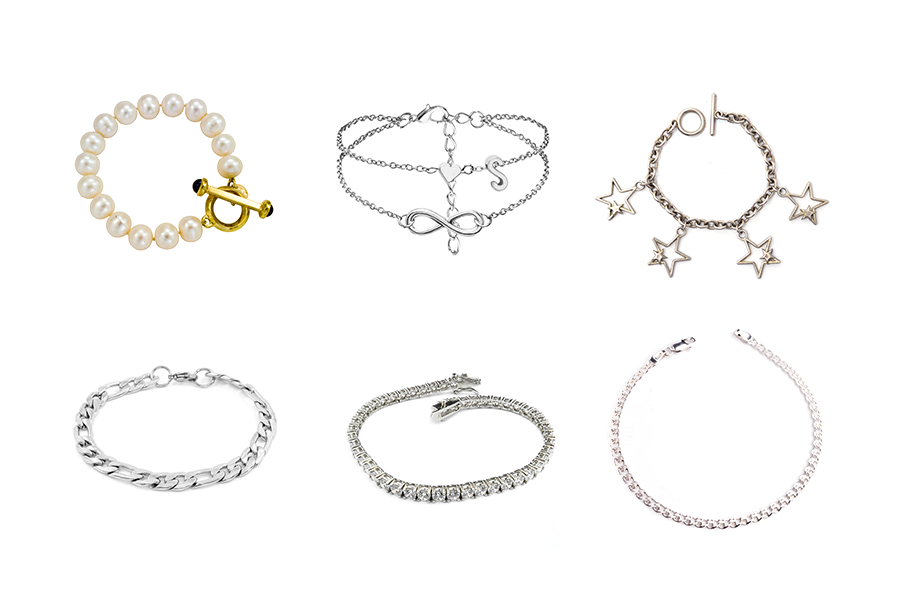






Ready to Actualize Your Jewelry Custom Ideas?
Simple Steps of Jewelry Customization
Conception & Sketch
Conception & Sketch
3D Artwork Preview
3D Artwork Preview
Sampling
Sampling
Bulk Production
Bulk Production
Delivery
Delivery
What is Sterling Silver?
Sterling silver is a type of silver alloy that is commonly used in jewelry. It consists of 92.5% pure silver and 7.5% of another metal, usually copper.
The addition of copper improves the strength and durability of the silver, making it more suitable for everyday use. Sterling silver is known for its lustrous appearance and is often marked with a “925” stamp, indicating its purity.
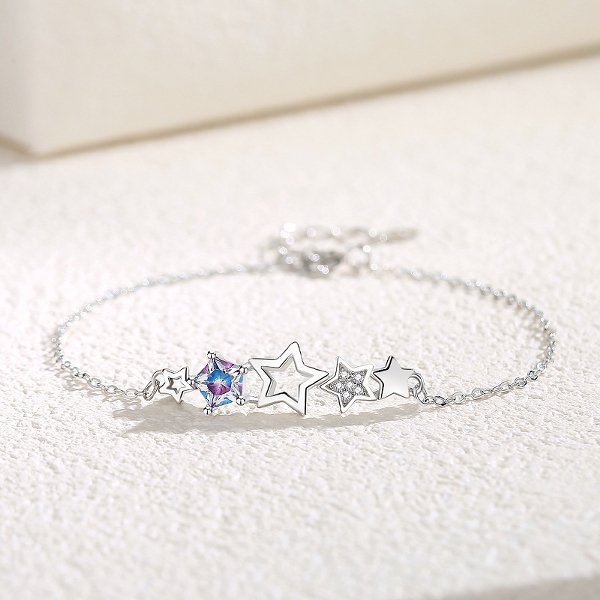
Sterling Silver Benefits
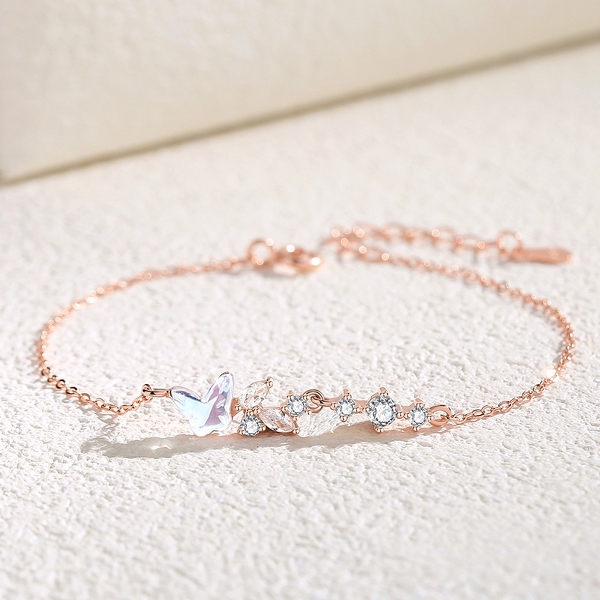
Beauty
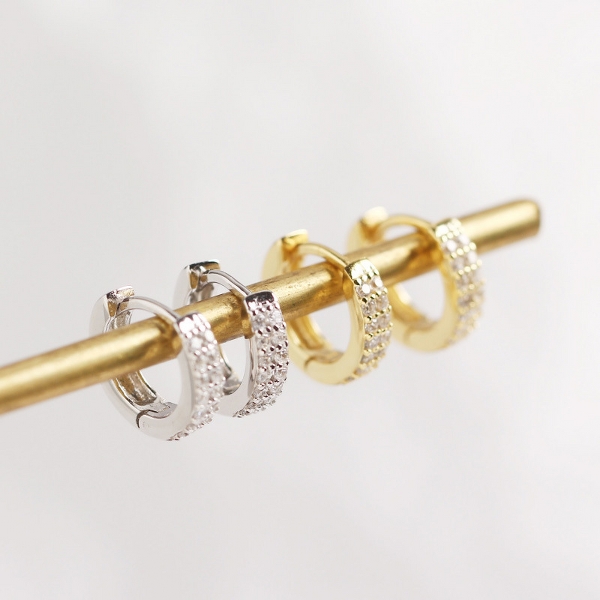
Versatility
Sterling silver can be crafted into various designs and styles, making it a popular choice for jewelry. It can be easily molded and shaped into intricate patterns, allowing for creative expressions.
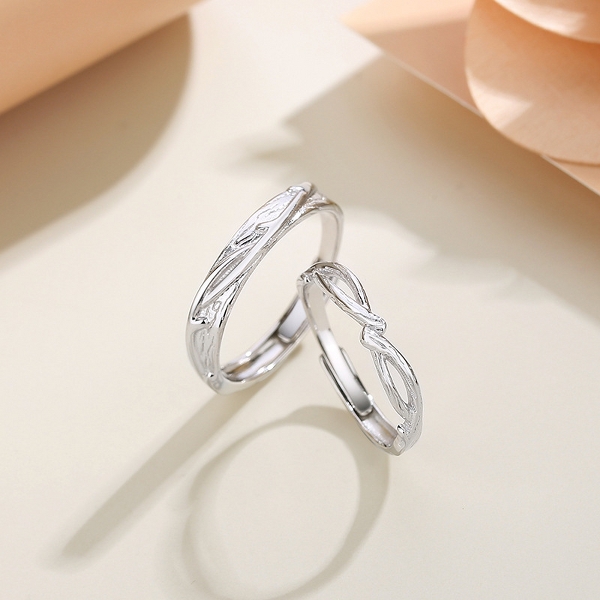
Availability
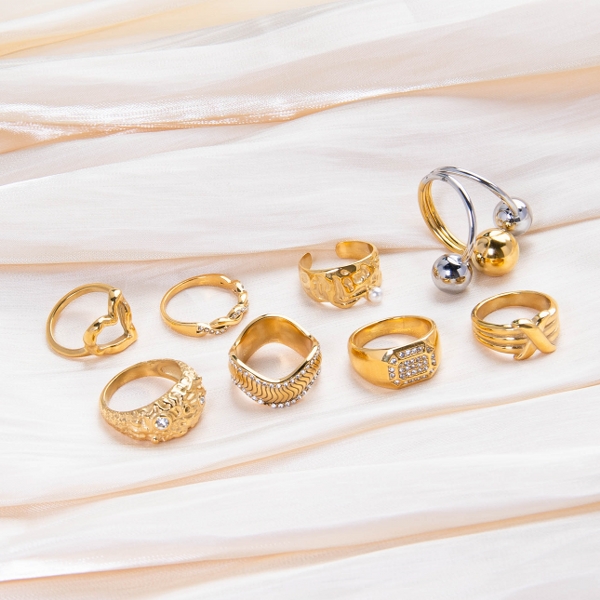
Durability
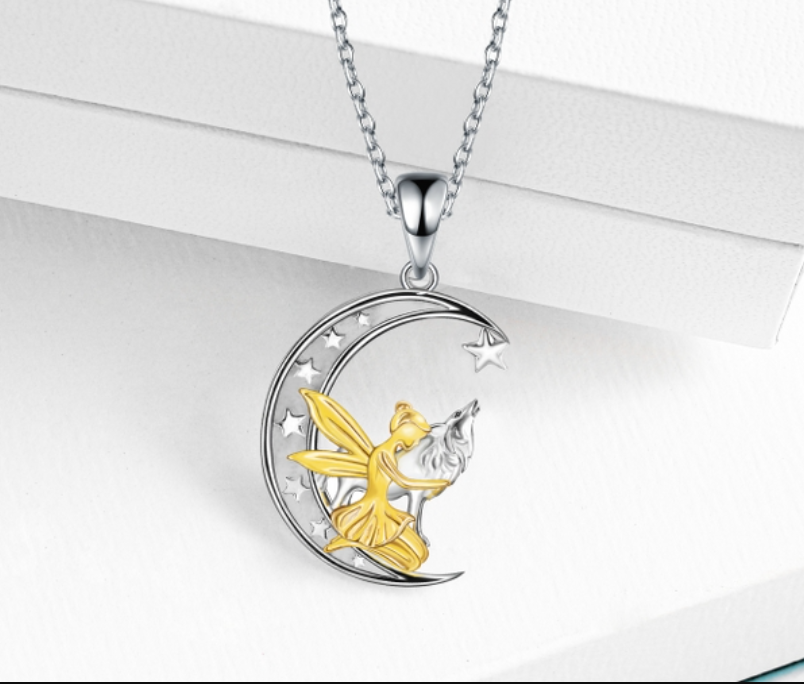
Hypoallergenic
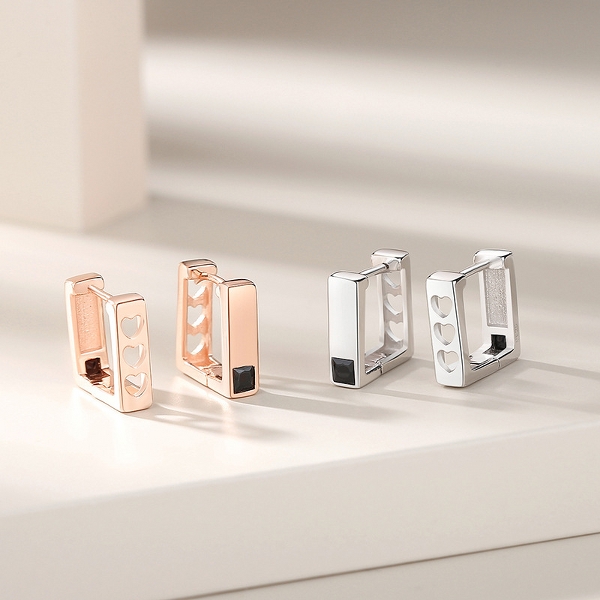
Value
Does Sterling Silver Jewelry Tarnish?
How to remove tarnish from sterling silver?
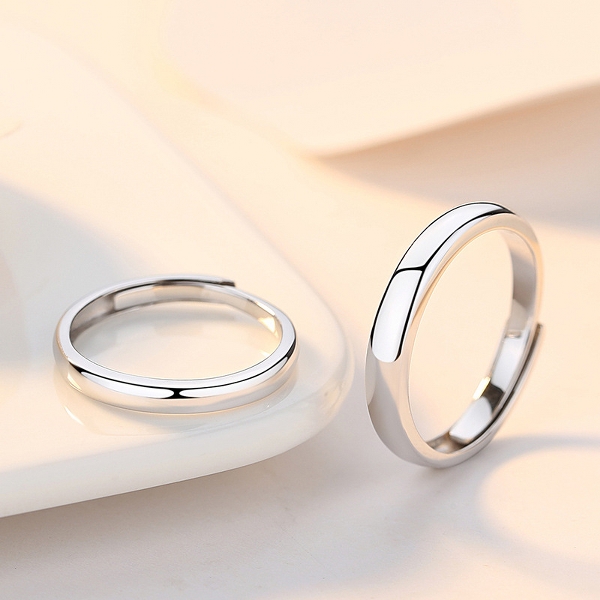
How to Clean Sterling Silver Jewelry?
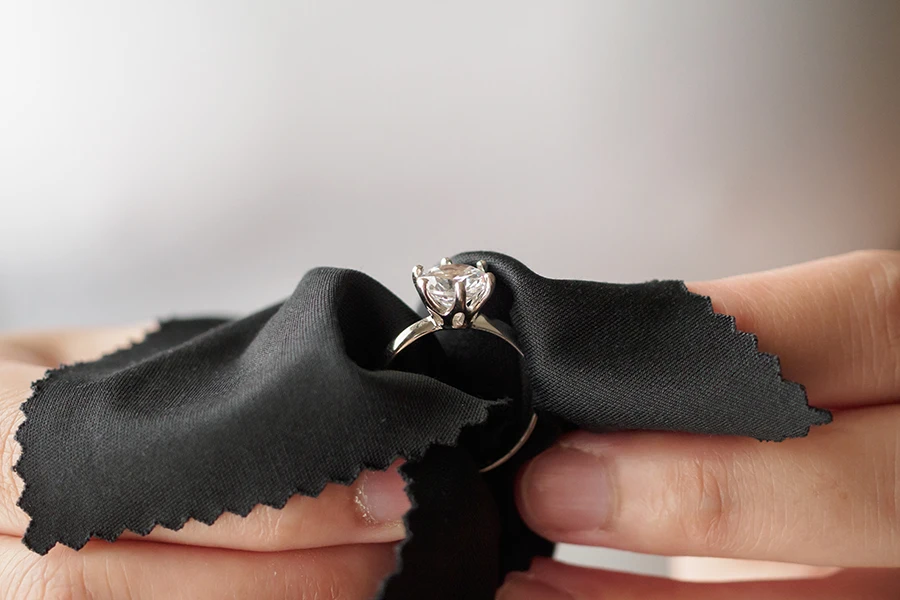
1. Prepare a cleaning solution
2. Soak the jewelry
3. Scrub gently
4. Rinse thoroughly
5. Dry gently
6. Store properly
How to Test Sterling Silver Jewelry?
Check the piece of silver for any stamps or markings. Sterling silver jewelry is often marked with a “925” stamp, which indicates that it is 92.5% pure silver.
Sterling silver jewelry is not magnetic, so you can use a magnet to help determine if an item is made of genuine silver. If the magnet is attracted to the piece, it is likely not sterling silver.
This test should be done by professionals or individuals with appropriate knowledge and safety precautions. Apply a drop of nitric acid to a discreet area of the silver item. If the silver turns green, it is likely a lower-grade silver alloy. If it turns a creamy color, it is likely sterling silver.
The density of sterling silver jewelry is higher than most metals. You can compare the weight of the piece to a known sterling silver item of the same size. If the weights are similar, it suggests that the item in question is likely sterling silver.
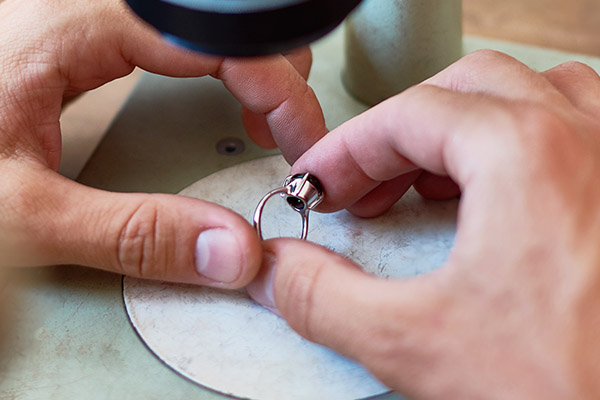
Sterling Silver vs Silver
| Category | Sterling Silver | Silver |
|---|---|---|
| Composition | 92.5% silver, 7.5% other metals | Pure elemental silver (99.9% silver content) |
| Durability | Harder and more durable due to alloying | Softer and more prone to scratching |
| Tarnishing | Can tarnish over time | Can tarnish over time |
| Stamping | Stamped as “925” or “sterling” to indicate silver content | May be stamped with hallmark or purity mark |
| Uses | Jewelry, silverware, decorative items | Jewelry, silverware, coins, fine art, antiques |
| Cost | More affordable compared to pure silver | Typically more expensive than sterling silver |
| Maintenance | Requires occasional cleaning and polishing | Requires regular cleaning and polishing |
FAQs
Sterling silver can get wet, but it is recommended to avoid prolonged exposure to water, especially chlorinated or saltwater, as it can accelerate tarnishing. It is best to remove sterling silver jewelry before swimming or bathing.
Sterling silver itself is generally hypoallergenic, as it contains a low percentage of other metals. However, some people may still be sensitive to certain alloys or metals contained in the sterling silver, particularly the copper component. It is best to test the specific jewelry or consult with a professional if you have allergies or sensitivities.
Sterling silver itself does not cause green discoloration on the skin. However, when exposed to moisture or certain chemicals, copper in the alloy can react and produce a green or black tarnish. Regular cleaning and proper maintenance can prevent tarnishing and minimize the risk of discoloration.
The mark “925” stamped on jewelry indicates that it is made of sterling silver. It represents the purity of the silver content, as sterling silver is composed of 92.5% silver and 7.5% other metals. This marking ensures that the piece meets industry standards for sterling silver.




